Portland State University (PSU) students are once again transforming ideas into action through Better Block PSU, a program that brings community-driven transportation and placemaking projects to life. Three Better Block PSU projects made forward strides this year, thanks to teams of students in the Civil and Environmental Engineering Capstone program and the Master of Urban and Regional Planning (MURP) program.
Last year, we reported on two of the projects:
- A Bridgeless Interval: Better Block PSU Reimagines Burnside Street
- Better Block PSU Gives International School of Portland a Neighborhood Makeover
These two have both made additional forward progress, and we also have updates on a third project, in which PSU students improved bicycle and pedestrian access to Vancouver, Washington's Amtrak Station. Read more about each of the projects below, and visit the Better Block PSU page to learn more about the program overall.
Reimagining Sheridan Street
The International School of Portland has been working with Better Block PSU to improve walking and biking access to the school's campus. In 2024, urban planning students engaged with the local community and developed design alternatives. Building upon their work, a team of civil engineering capstone students developed five potential design solutions for the area.
The goals include enhancing pedestrian safety, achieving Americans with Disabilities Act (ADA) compliance, expanding bike lane access, and aligning with the City of Portland’s transportation objectives. Students Derek Leland, Dinah Sosa-Martinez, Mohammad Alenezi, Zahra Alramadhan, and Revanah Polus developed five design options to balance safety improvements, construction feasibility, and aesthetics. They are:
- Advisory Bike Lane: Enhances connectivity and promotes alternative transportation by delineating space for cyclists.
- Continuous Sidewalk: Provides a safe, accessible, ADA-compliant pedestrian pathway by connecting fragmented sidewalks and adding crosswalks.
- Three-Way Stop: Slows traffic and improves pedestrian visibility at a key intersection near ISP.
- Bike Exit off Harrison Street: Facilitates smoother transitions for cyclists between bike paths and sidewalks, encouraging cycling.
- Temporary Traffic Control (TTC) plan: Implemented as a first phase to test interim solutions and raise awareness for long-term improvements.
Bodo Heiliger, Head of the International School, expressed gratitude for the team's work. "Your presentation was on-point, and you truly have formed the foundation for us to move this project forward," Heiliger said.
Bridgeless Burnside
Building upon last year's reimagining of Burnside street done by PSU urban planning students, this project was picked up and moved forward by a Masters in Urban and Regional Planning (MURP) workshop team. Students Michael Azierski, Brian Bill, Eric Gasper, Alex Gill, Jackson Morrison, and Michel Rojas developed plans to create a multimodal corridor which would highlight the cultural and economic amenities of West Burnside Street during the upcoming Burnside Bridge closure.
The goals of the project were to create a pedestrian-friendly corridor, support economic and cultural vitality, enhance community identity in the neighborhood, and prioritize historically marginalized communities and mitigate displacement. Working with neighborhood stakeholders and cultural organizations, the MURP team held several community engagement charrettes and developed a set of recommendations.
For the "bridgeless phase" of Burnside, which is expected to be between 2028 and 2033, the team developed designs to activate West Burnside and reduce economic and cultural disruptions during the bridge closure. These include a temporary plaza between 2nd and 2rd Avenues, with street furniture, planter boxes, and wayfinding signage; and a street plaza in the northbound right turn lane on 4th Avenue. This would convert an empty lot into a flexible program space for cultural events. The team also recommended sites for specific street treatments including raised intersections, bike lanes, bus-only lanes, new bike boxes and bus stops, and other infrastructure improvements.
Once the new bridge is in place, a second set of designs address longstanding safety and livability issues and bring lasting activation to the space. On a network level, the changes are aimed at improving connectivity and safety across the entire project focus area, while improving comfort and safety at key intersection crossings. The "New Bridge Phase" of the project includes changes to Broadway including additional tree canopy, murals and public art, a planter-box community garden, and a small structure with restrooms, power access, and other amenities. Meanwhile, 10th Avenue would see a priority placed on foot traffic and a set of pocket parts, shade structures, and other amenities to make the space more inviting and welcoming to pedestrians.
See the group's final public presentation and learn about other 2025 MURP workshop projects.
Vancouver Amtrak Station
Working with Better Block PDX on behalf of the City of Vancouver, WA, a team of civil engineering students focused their capstone project on improving pedestrian and bicycle access to the Vancouver Amtrak Station. Students Valentina Castellanoes Ramirez, Matthew Samsom, Ike Agum, and Blu Luz began with a thorough analysis of existing site conditions and stakeholder needs, then evaluated a range of design alternatives.
The study area includes two primary corridors connecting the Amtrak station—located near the Esther Short neighborhood and Columbia River—to downtown Vancouver and the waterfront district. Current conditions present challenges such as inadequate pedestrian and bicycle infrastructure, non-compliant Americans with Disabilities Act (ADA) ramps, and poor stormwater management. The project aimed to enhance multimodal access, improve safety, and create a more inclusive and efficient experience for all users.
The team developed multiple design alternatives with varying costs, lifespans, and feasibility. Their final recommendations prioritize a set of low-cost, easily implemented improvements—such as signage, wayfinding aids, shared lane markings (sharrows), and visual cues—to address immediate connectivity and safety issues while laying the groundwork for future infrastructure investments.
See their final Design Report for more details.
Value For Community Partners
Working with the Better Block PSU program gives community organizations the chance to test bold ideas for safer, more vibrant streets with the support of PSU students and faculty. Through hands-on design, tactical urbanism projects, and community engagement, organizations gain both a proof of concept and the momentum needed to advocate for lasting change. PSU students' work on the Bridgeless Burnside project has been included in the Governor's Central City taskforce report as well as Portland Bureau of Transportation (PBOT) workplans.
"The students' work completed in USP 465/565, USP 511, and culminating in the Bridgeless to Better Burnside MURP Workshop project has continued to generate positive conversations amongst elected leaders and staff," said Ryan Hashagen, Better Block PDX Managing Director.
Interested in having PSU students take on design challenges for your neighborhood? The Better Block PSU program has an annual call for community organizations to reimagine their streets and underused public spaces in a way to bring people together and reclaim it for their community’s future. Join the Better Block PSU email list to be notified when the next RFP opens in early 2026.
Value For Students
For students, Better Block PSU offers real-world experience in urban design and community engagement, allowing them to apply classroom knowledge to hands-on projects. They gain valuable skills in collaboration, project management, and placemaking while being able to make a tangible impact on local neighborhoods.
"Reminiscing on my time in college, the BetterBlockPDX classes were by far the most impactful and inspiring courses I have taken," said Steven Lowe, who worked on the Better Routes to International School project.
"Working with Better Block PSU was one of the most educational parts of my planning education. I gained real-world experience interpreting planning documents like the zoning code, city plans and initiatives, and design guidelines. I’ve successfully referenced this work in cover letters, and it’s been extremely helpful to have concrete experiences to draw from," said Michael Azierski, a member of the Bridgeless Burnside MURP team.
"The Better Block PSU program offered everything I hoped for in terms of building skills in research, writing, and design, and the opportunity to apply theories from graduate courses to a real and immediate planning challenge was invaluable. Beyond that, I was able to expand my network of activists and changemakers in the Portland area and get a glimpse of the social and political forces that really make things happen," said Eric Gasper, another member of the MURP team.
The latest updates from these three projects underscore how Better Block PSU continues to serve as a powerful bridge between academia and community, helping Portland State fulfill its mission to Let Knowledge Serve The City and helping neighborhoods envision safer, more inclusive, and more vibrant public spaces.

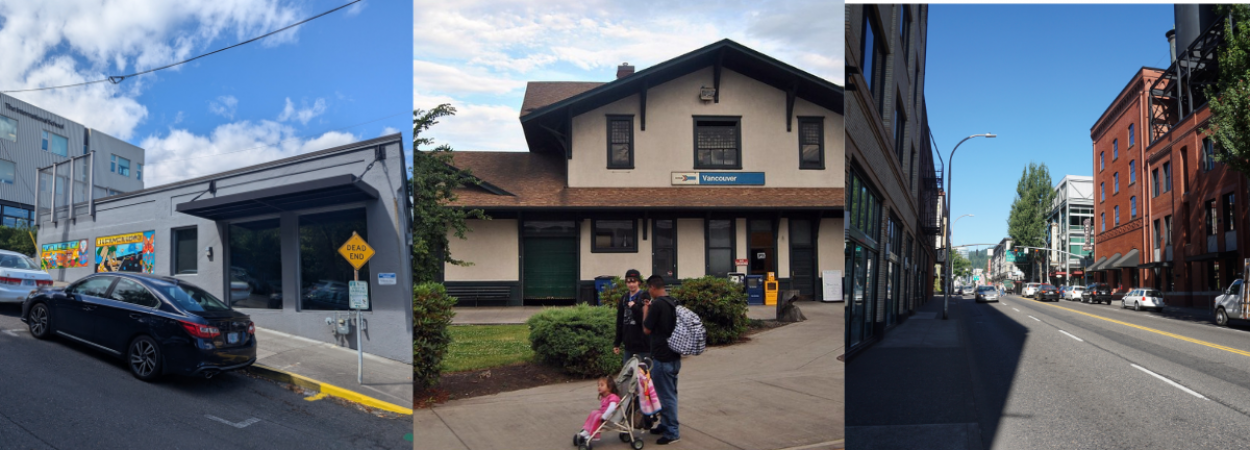
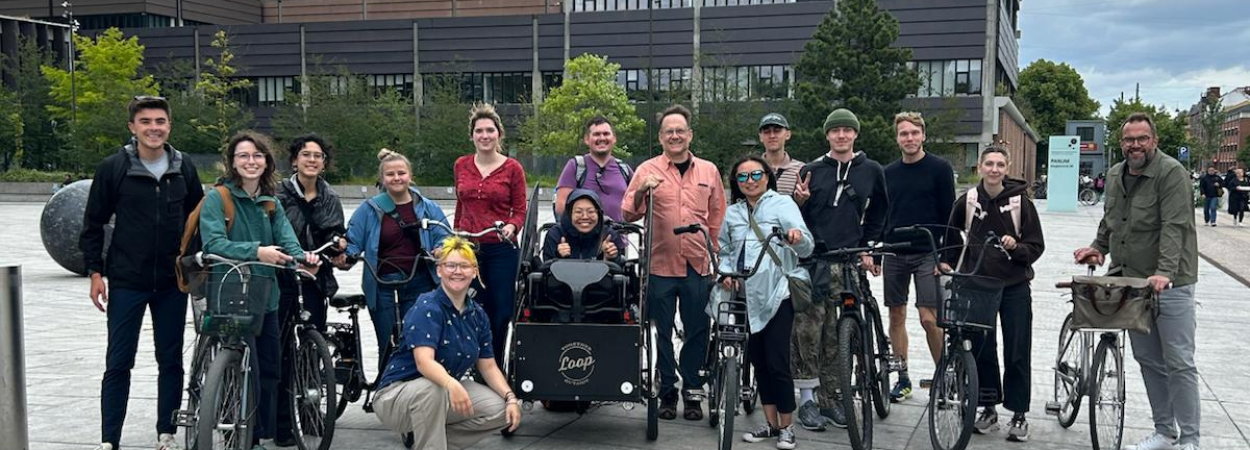


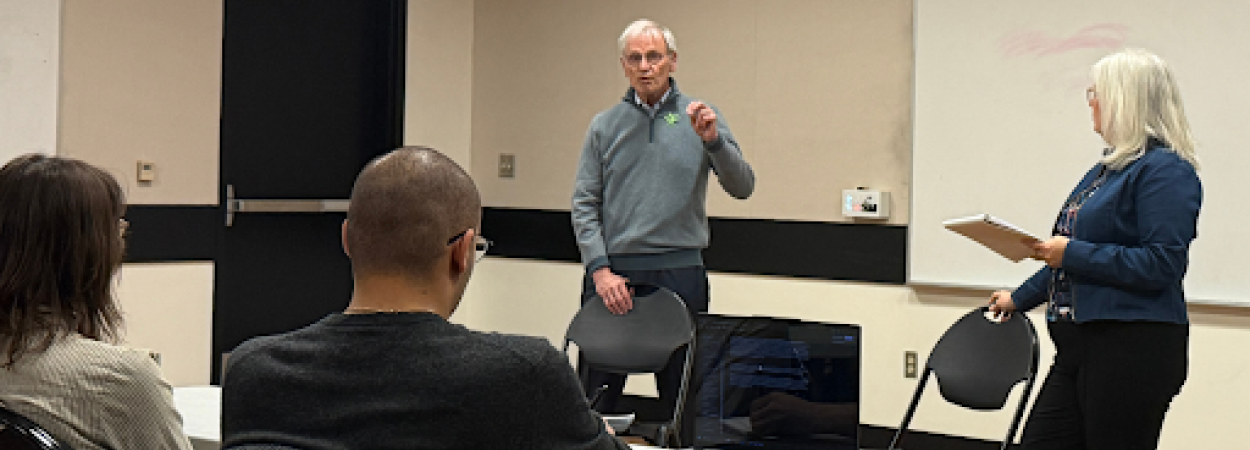

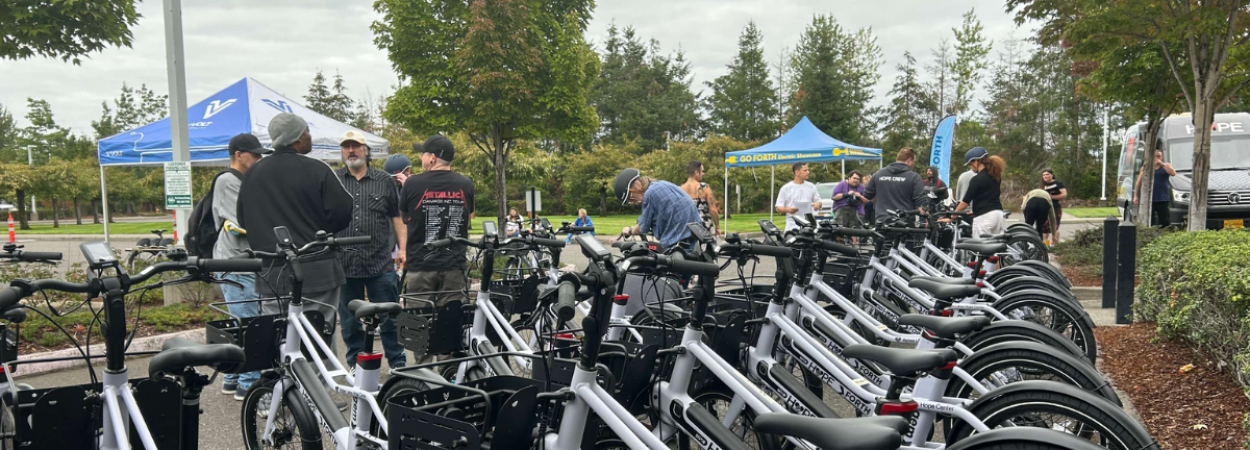
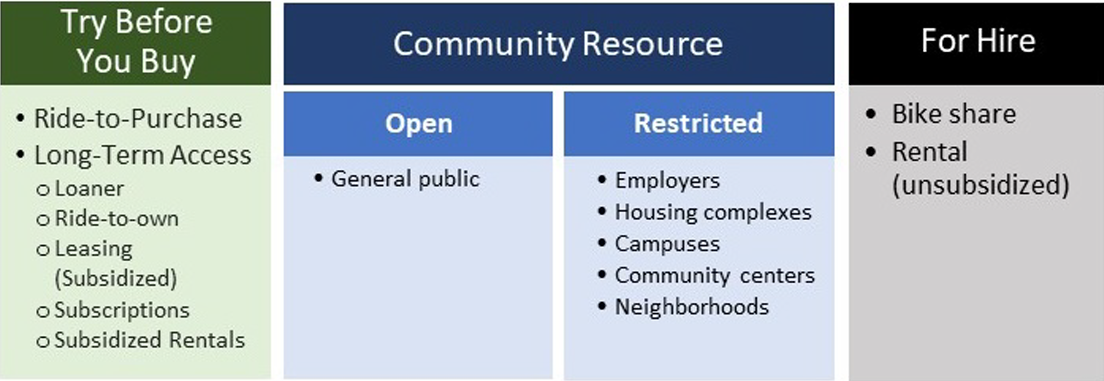
 Evan Howington
Evan Howington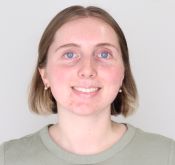
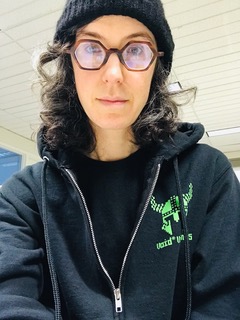 Julay Leatherman-Brooks
Julay Leatherman-Brooks Jiahui Ma
Jiahui Ma



